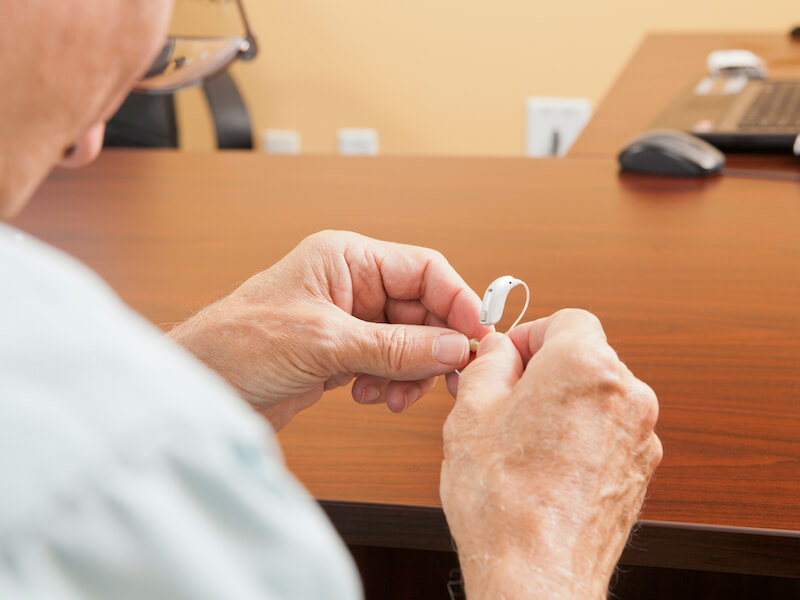
You take care of your hearing aids. Cleaning them daily, you make sure they are safe and snug on their charger when you go to sleep.
Suddenly and discouragingly, your hearing aids are no longer working the way they once did. There are a few things you can do to troubleshoot the issue, thankfully. Not doing any further damage is your top priority so you won’t need to replace them.
Troubleshooting your hearing aid
You saved the owner’s manual that came with your beautiful new hearing aids, right? Hopefully, you did so that you can consult with your owner’s manual to do maintenance and troubleshooting. Using your owner’s manual is crucial because every model of hearing aid is different.
Here are some things you can check on most models:
- Keep your microphone clear: Check your hearing aid to see if anything is obstructing the microphone. Your hearing aid might feedback or simply fail to work if the microphone is blocked.
- Wax buildup: Perform a visual check of your hearing aid to make sure that there is no wax buildup interfering with basic operation. Wax can build up quickly even if you clean your hearing aids regularly so make it a point to double check.
- Check your battery: You’ll still want to assess the battery power even if you had your hearing aids charging at night. If your hearing aid has replaceable batteries, it might not be a bad idea to check if those batteries are correctly inserted or if a new one fixes the issue.
- Look for visible damage: Does your hearing aid have any apparent loose components or cracks around its shell? If you discover cracks, it could indicate that moisture is getting in and there could be more significant damage.
Again, check with your owner’s manual on how you might approach each of these issues. Self-maintenance is sometimes possible.
When does my hearing aid require repair?
If your hearing aid continues to malfunction after you’ve performed basic upkeep and troubleshooting, it’s likely that your hearing aid will need to be professionally repaired. You need your hearing aids for nearly every aspect of your life so this may not sound very appealing.
It’s definitely worth noting that “repair” doesn’t necessarily translate into “mail your hearing aids in for service and wait a few weeks”. In some instances, we can fix your hearing aid in office while you wait.
Or, you’ll be able to bring your hearing aids in for professional assistance and have them back in a matter of a few hours (this, of course, depends on the extent of the damage, all the more reason to get your devices in for repair as soon as you can).
But quick repair will not be possible in every case. And in those situations, you may find yourself in need of a backup pair of hearing aids. Perhaps you have an old pair that will do temporarily in a pinch. We might even be able to let you borrow a pair while you are waiting.
Don’t wait to get help with your hearing aids
If the audio quality is starting to falter, it’s crucial to get your hearing aids checked and repaired.
You’ll want to try to avoid any downtime. Your mental health and your general health can be impacted by neglected hearing loss. And it becomes all too easy to leave your hearing aids laying in a drawer somewhere while your hearing continues to decline.
Keeping those hearing aids in good working order is the key to keeping your hearing healthy. And the best way to do that is to clean them, keep them charged, and, when necessary, take your hearing aids to get some professional help.